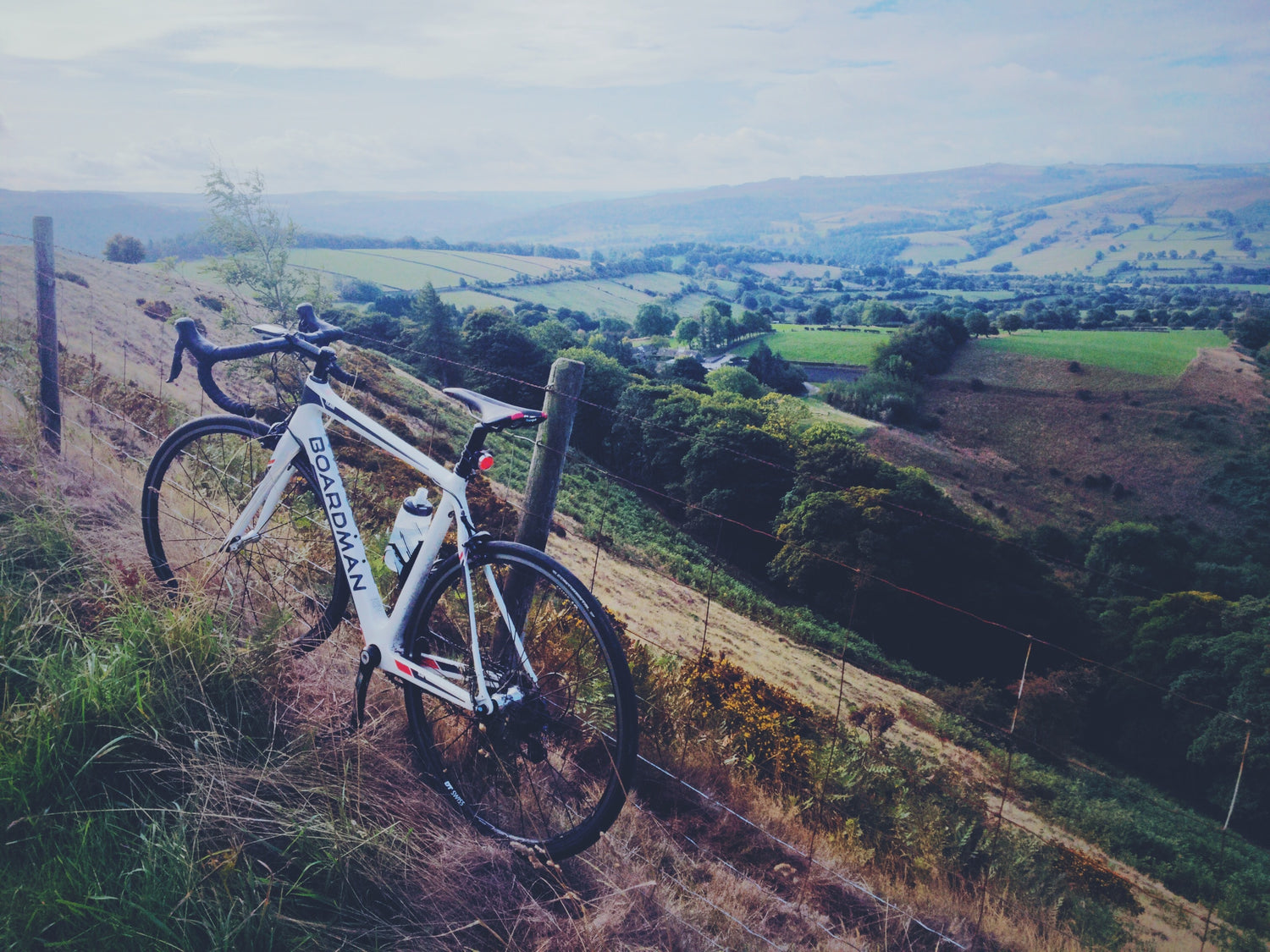How to find the age of your bicycle: 6 easy ways

Determining the age of a bike can be helpful when buying or selling a second-hand bike. While it may not always be easy to pinpoint the exact age, there are several methods you can use to get an approximate idea. Here's a guide on how to tell the age of your bike:
1) Check The Bike’s Papers
This will be the easiest and quickest solution to determining the age of the bike. The receipts or warranty papers should give you an indication of when the bike was purchased, as well as the year the bike was manufactured. If it’s unclear, then at least the brand and model name should be listed. You can then use this information to check the online literature. Many models are discontinued after one year, or slight changes are made each year to the colour or spec of the model, making it possible to figure out which year your bike was made.
2) Check for a manufacturer's date code or serial number
Many bikes have a serial number stamped or engraved on the frame, bottom bracket, or headset. This number often includes information about the bike's manufacturing date. Look for a series of letters or numbers that might indicate the year or month of production.Unfortunately, not all bikes have a serial number, and for those that do, the meaning of the serial number varies from brand to brand, as there is no standardisation method. If you’re unsure, you can consult the manufacturer's website or contact their customer service to decode the serial number and determine the age.
3) Examine the components
Bike components, such as derailleurs, shifters, brakes, and cranksets, often have date codes stamped or engraved on them. These codes can indicate the manufacturing date or at least provide a range of years when the components were in production. Research online or consult component manufacturer catalogues to decode the date codes and estimate the bike's age.
4) Research the model and design
Bikes often undergo updates and changes in design from year to year. By researching the model name and design features of your bike, you may be able to find information about when it was introduced or when significant changes were made. Look for catalogues, online forums, or vintage bike databases to compare your bike's characteristics to those from specific years.
5) Seek expert advice
f you're still struggling to determine the age of your bike after using the methods above, consider consulting your local bike shop or experienced bike mechanic. They may have knowledge about specific brands or models and can provide insights based on their expertise. You can also reach out to one of our ride guides at MyNextBike if you’re looking to sell your bike on our platform.
Remember that determining the age of a bike is not always straightforward, especially for older or lesser-known models. Additionally, some bikes may have replacement parts or mix-and-match components that don't accurately reflect the original manufacturing date. Therefore, the methods above provide general guidance, but they may not always yield precise results.






